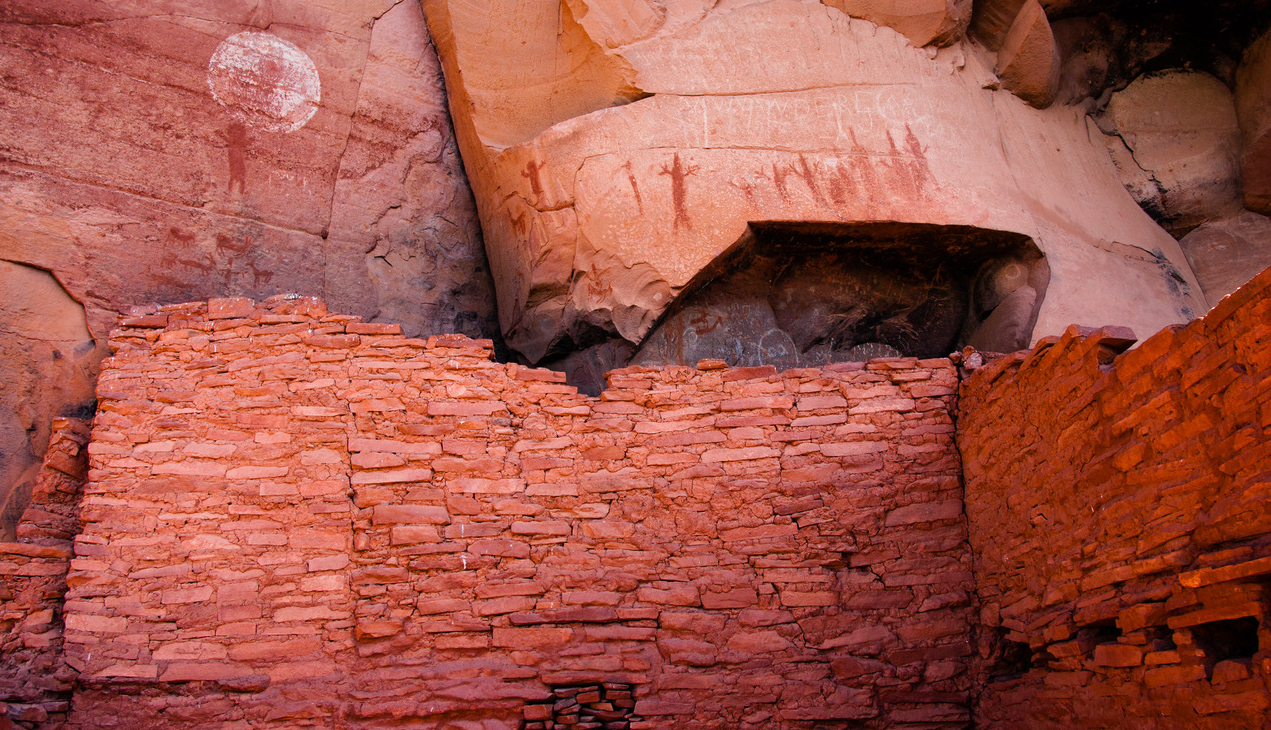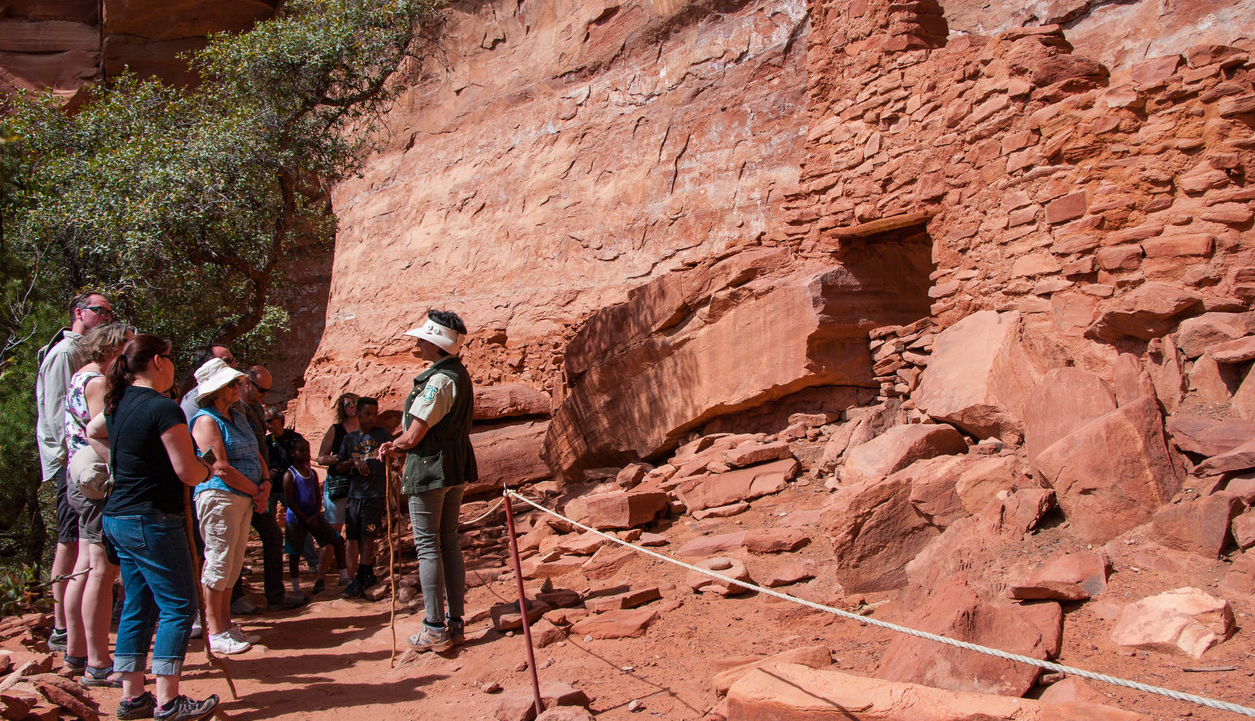
More than 3 million tourists flock to my small hometown of Sedona, Arizona every year. Many of them are hikers looking to climb rock formations made of iron-rich sandstone that gives the site its world-famous red hue, or spiritual seekers hoping for a mystical experience in an energy vortex.
Also known as Red Rock country, Sedona is also a playground for foodies and spa lovers. But there’s another side of Sedona that doesn’t get as much attention: a side that pays tribute to a rich and vibrant history of Native American cultures dating back a thousand years.
In honor of National Native American Heritage Month, celebrated each November, Sedona is a great place to get up close and personal with that history – a history shared for thousands of years by the Sinagua, Hopi, Navajo, Tonto Apaches and Yavapai. What makes visitor interest especially poignant in the native population here is that of the estimated nearly 4.5 million people living in the United States who identify as American Indian/Alaska Native alone, only 0.1 percent live in Sedona lives, according to the US Census Bureau.
Bonus: Several locations require walking on trails. That’s good news for older adults who can benefit from staying active. According to a 2023 study in the international journal GeroScience, walking reduces the risk or severity of cardiovascular disease, cognitive impairment and dementia, and more – while improving longevity, mental well-being and sleep.
So why not record your steps amid the beauty and backdrop in and around this desert oasis? Here are seven places where you can learn about the history and craftsmanship of the area’s Native Americans.
Historical locations

Petroglyphs and pictographs adorn the walls of the Honanki Heritage Site.
Thanks to Brady Smith
Honanki Heritage Site
I took a tour Honanki Heritage Site in Coconino National Forest. Once there, we followed a loop trail for about half a mile to reach the enormous cliff dwelling in the Red Rock country – the former mud and stone home of the southern Sinagua people, believed to be the ancestors of the Hopi tribe. Along with the other tourists, I marveled at petroglyphs (scratched or carved images) and pictographs (symbols created by pigment rubbed into the rocks) that tell stories of Native American culture, religious beliefs, and daily life from around 1150 to 1350.
“It was very entertaining, and the course wasn’t bad at all,” said Carla Brooks, 62, vacationing from Olive Branch, Mississippi, who was also on the tour. “I fell back a few times, but the guide stopped often enough for me to regroup with everyone.”
A Red Rock Pass ($5 for a daily pass; $15 for a weekly pass at www.recreation.gov or select locations in Sedona) is required. If you hire a guide from one of Sedona’s many tour companies, you won’t need a high-clearance vehicle (highly recommended) to maneuver over incredibly bumpy, unpaved roads, and you’ll hear interesting facts, anecdotes, and myths about the city and it landscape along the way.
However, guides do not have an answer to the question of why the Sinagua disappeared from the archaeological record around 1400. That remains a mystery.

The preserved cliff dwellings of Palatki Heritage Site were built around 1150 by the South Sinagua people.
Thanks to Danika Thiele
Palatki Heritage Site
Honanki’s sister site, Palatki Heritage Siteshows exceptionally preserved cliff dwellings built around 1150 by the South Sinagua people, who cooked meals, raised families and made tools here.
Choose from one of two routes to admire the homes. They take you straight to the source, but be prepared to climb 60 uneven, difficult steps. The other gives access to the houses. A third path leads to niches with petroglyphs, including ancient pictographs and petroglyphs.
Hosts and volunteers on site provide interpretive information, a visitor center is located near the parking lot in a 1920s farmhouse, and there is an Arizona Natural History Association gift shop.
The site is closed in bad weather. Reservations for free tours (including a $1 nonrefundable fee per ticket) and a Red Rock Pass ($5 for a day pass or $15 for a weekly pass at www.recreation.gov or at select Sedona locations) are required. Road conditions are rough; a vehicle with high ground clearance is recommended.

Leave a Reply